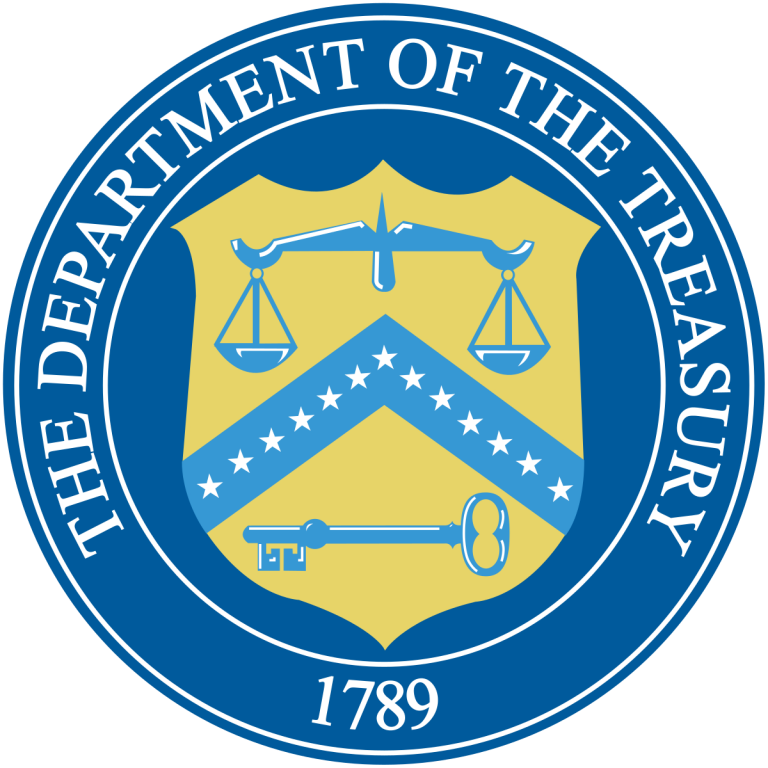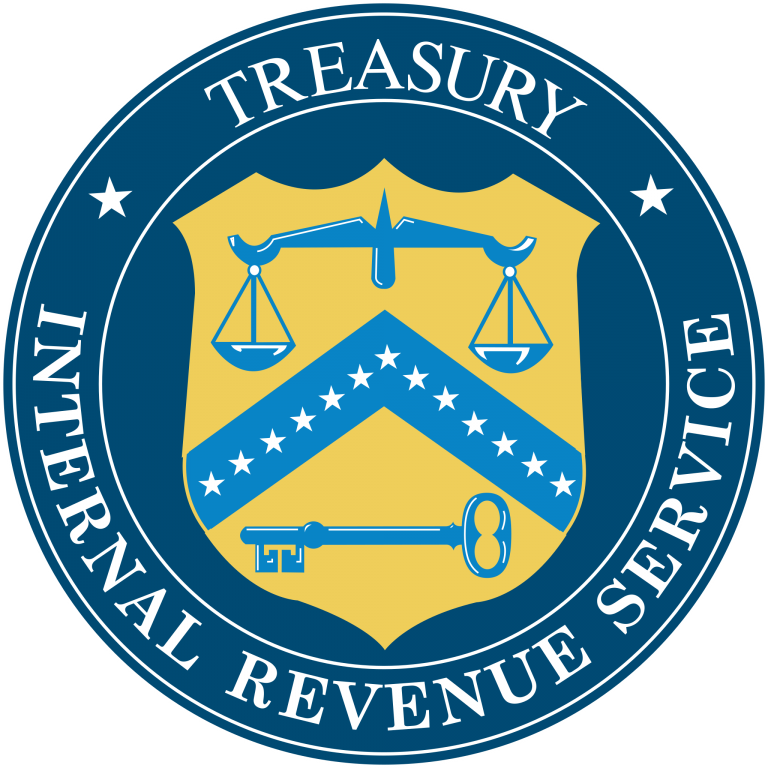Inflation Reduction Act
Overview
Passed in 2022, the Inflation Reduction Act (IRA) created ten years of community solar incentives, with additional funding dedicated to the expansion of solar access for low-income and disadvantaged communities. In 2025, Congress repealed much of the IRA, established an accelerated phaseout of the investment tax credit, and created additional barriers to community solar development via a budget reconciliation package
Latest Inflation Reduction Act Policy Updates
August 2025
As expected, the Treasury Department and IRS published guidance on August 15, 2025 to clarify what constitutes the “beginning of construction” under the technology-neutral investment tax credit as modified by H.R. 1. The most significant element is that the currently available 5% safe harbor route, via which companies can begin construction by incurring capital costs, will no longer be available to projects larger than 1.5 MW beginning September 2, 2025. Instead, those projects will have only one option to begin construction: to commence offsite or onsite work – before July 5, 2026 – that meets the requirements of the physical work test and complies with the standard for continuous construction, in which case a project would still have four years to meet the placed-in-service deadline. On the bright side, the new rules do not apply to projects that begin construction before September 2. However, it remains the case that projects with commence construction dates in 2026 will have to comply with the yet-to-be finalized restrictions on Foreign Entities of Concern (FEOC). We didn’t expect clarification on the FEOC rules in this guidance and indeed that piece is still being drafted.
In another blow to the accessibility of clean energy, the $7 billion Solar for All fund, which was obligated to awardees last summer and thus seen as safe from any clawback mechanism, is now being terminated by the EPA. The grants, which are part of the $27 billion Greenhouse Gas Reduction Fund, had been made available to state agencies, municipalities, tribal governments, and nonprofits around the country. Many awardees are in the planning phase while others have begun spending, but uncertainty abounds, once again, as awardees figure out how to move forward, if at all. Legal action is underway and, while the policy arguments are strong, this battle will be drawn out in the courts and the vast majority of awardees may be unable to weather such a costly waiting game. The Solar for All program was in part a tool that could augment and improve existing equity-focused community solar programs, but the EPA is determined to stand in its way.
July 2025
After months of speculation and several proposals out of both chambers, Congress landed on a rapid (though not as immediate as recently feared) phaseout of the technology-neutral investment tax credit. The full credit remains available to eligible projects that commence construction before 2026 and are placed in service within four years. The same applies to projects that commence construction between January 1, 2026 and July 4, 2026, with the critical caveat that projects on that timeline also fulfill stringent supply chain requirements under the FEOC (Foreign Entities of Concern) provision in the law. Projects that do not meet the construction commencement requirements by July 4, 2026 would be subject to the FEOC requirements and need to be placed in service by the end of 2027, which is effectively a sunset for the incentive given the feasibility of reaching energization that quickly.
In addition, the President quickly followed up with an executive order indicating his Administration may yet go further than the restrictions in the bill. Having set an informal 45-day deadline for Treasury to release more information, we should soon learn more regarding potential updates to the standards for construction milestones and safe harbors.
June 2025
The Senate has released portions of its version of the budget reconciliation package. Early signs are that provisions around the tech-neutral investment tax credit remain very concerning, despite moving in the right direction with modest improvements to the FEOC restrictions and removal of the 60-day timeline for beginning construction. The Senate Finance Committee has proposed that the full ITC remain available for projects that begin construction in 2025. The value would drop to 60% in 2026 and 20% in 2027, before phasing out entirely. Much work remains for the Senate Parliamentarian and Republicans across both chambers, who need to get something passed before the debt ceiling is reached later this summer.
May 2025
In Washington D.C., everyone’s eyes are on the Senate now that the House passed its budget reconciliation package by a slim 215-214 margin. The bill currently includes an accelerated phaseout of the tech-neutral ITC beginning in 2029. It also introduces an extremely stringent timeline where projects would be required to begin construction within just 60 days of the bill being signed and be completed by the end of 2028 to receive the ITC. Ultimately, we’ll have to wait to see what happens in the Senate where there may be significant changes. Budget reconciliation rules could also prevent certain elements from being included, such as the restrictions related to Foreign Entities of Concern (FEOC). The deadline will be dictated by the debt ceiling as this bill would raise that limit, which needs to happen to avoid a government shutdown this summer.
March 2025
Back in the summer, it was confirmed that all $27 billion of the IRA’s Greenhouse Gas Reduction Fund had been obligated to awardees and would be disbursed regardless of November’s election results. We’re now two months into President Trump’s second term and uncertainty abounds – his Administration immediately froze EPA’s GGRF funds via executive order. In February, the $7 billion Solar for All funds (some of which will go toward equitable community solar) became available again but the remaining $20 billion in grants did not. A judge at the DC district court has since blocked EPA’s effort to reclaim those funds but recipients are still unable to access them.
October 2024
Federal Low-Income Communities Bonus Credit Program
The application window for categories 1, 3, and 4 of the 2024 LICBC program year closed on October 10. Awards for this round of capacity began in August; as of late October, more than 500 MW of category 4 capacity had been awarded: about 330 MW in the ASC bucket and nearly 230 MW in the non-ASC bucket. Looking to the 2025 program year and beyond, responses to Treasury’s proposed rules were due October 3. We will keep you up to date on next steps in the tech-neutral LICBC rulemaking.
Program History
Administrators



CS Incentives
Base Investment Tax Credit
Under IRA: Assuming prevailing wage and apprenticeship requirements are met (for systems at least 1 MW in size), projects could receive a 30% investment tax credit for the facility, including interconnection costs
Under OBBA: Projects that commence construction before 2026 have four years to be placed in service; Projects that commence construction between January 1, 2026 and July 4, 2026 have four years to be placed in service but are subject to stringent Foreign Entities of Concern (FEOC) requirements; Projects that commence construction after July 4, 2026 would have to be placed in service by 2027
Energy Communities
By building projects in designated locations, including brownfields, former fossil fuel extraction sites, and at retired coal mines, projects can receive an additional 10% investment tax credit
Domestic Content
By sourcing steel, iron, and other manufacturing materials from within the U.S., projects can receive an additional 10% investment tax credit
Low-Income Communities Bonus Credit Program
The LICBC program offers four bonus credits, two of which are designed to fund community solar. Within all four categories, 50% of the capacity is reserved for applicants that satisfy one of two Additional Selection Criteria: ownership or geographic, based on the type of company that applies and where the proposed project would be built, respectively.
- Category 1: Located in a Low-Income Community (FTM)
- 10% investment tax credit bonus available, on a limited basis, to projects that are located in a low-income community (based on census tracts and defined by median family income); this category has two sections of capacity, one for residential BTM systems and one for FTM or non-residential BTM systems
- Category 4: Qualified Low-Income Economic Benefit Projects
- 20% investment tax credit bonus available, on a limited basis, to projects that serve at least 50% of capacity to eligible subscribers where those subscribers see a bill credit discount of at least 20%; this category is the primary funding mechanism for equitable community solar projects
Utilities
Subscribers
Low-income subscriber carveout
- Minimum 50% of capacity to qualified low-income households
- Note that in the 2025 rules, 50% of the total financial value of the facility's total production must be delivered to qualified households, including the sale of RECs if separate from the bill credit value
Low-income subscriber eligibility options
- Categorical eligibility (proof of participation in an approved federal program)
- Categorical eligibility at the program level (proof of participation in a needs-based state, utility, or Tribal program with income limits no stricter than the federal threshold)
- Proof of income (via pay stubs or tax documentation)
Get PDF by email
Share your feedback
Contact our policy team
Don’t Miss Critical Market Updates
Get the latest policy news, articles, and resources, sent straight to your inbox every month.
On this page
Policy hub map
Select a state


